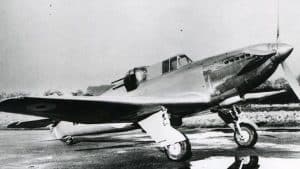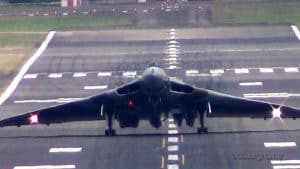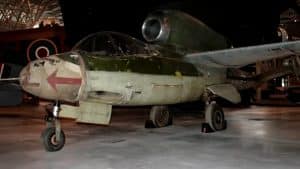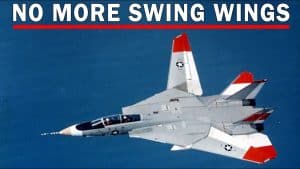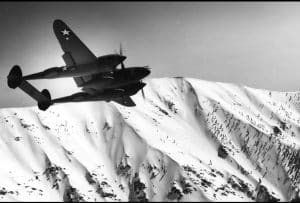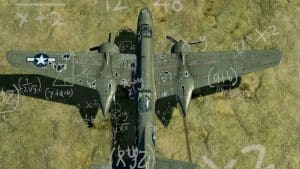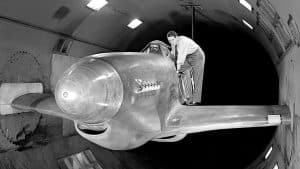20 Badass WWII Weapons You Gotta See
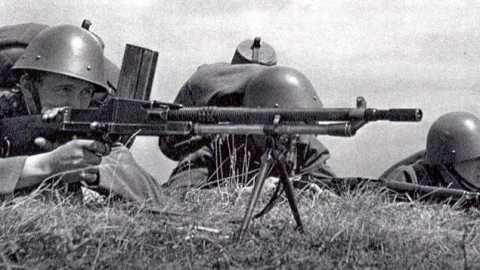
Wikipedia
World War II has seen a lot of destruction — homes, buildings, Mother Nature. But on the other hand, it was also the time of great inventions, technological advancements, and a huge leap in weaponry. Here, we’ll list down not 10 but 20 of the most badass weapons used during that era. And if you disagree on some, please do so in the comment box:
1. M-1 Garand
This was used by the United States Army as the standard service rifle from 1936–1959. General George S. Patton referred to it as “the greatest battle implement ever devised”. Before this was distributed, armies used almost-outdated bolt-action M1903 Springfield. The Garand had a higher rate of fire compared to that of the enemy and it gave the US forces greater advantage in the battlefield.
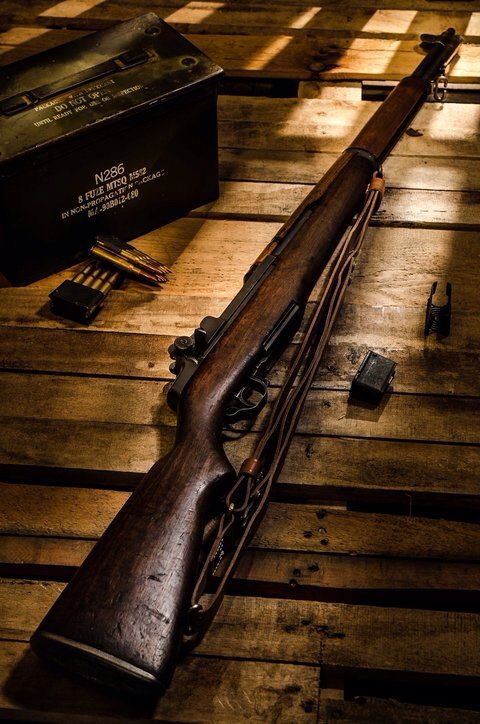
2. Hand Grenade
From destroying bunkers to clearing enemy positions, this handy weapon has been invaluable to the military. It was light yet powerful. Because it was designed to detonate on impact, it was easy to use and not bulky to carry around. It has plenty of variations, Germany’s ‘potato masher’ and the American ‘pineapple’ are a few examples. It was best used in assaulting built-up areas before the troops stormed in.
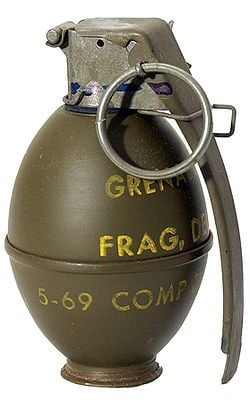
3. MP40 (Maschinenpistole 40) Submachine Gun
When the MP38 became too expensive to manufacture, the Germans created a refined version — the MP40. The MP38 had jamming incidents which is why modifications had to be made. Nevertheless, the MP40 was heavily used by troops in the Axis Powers and was reportedly one of their favorite weapons.
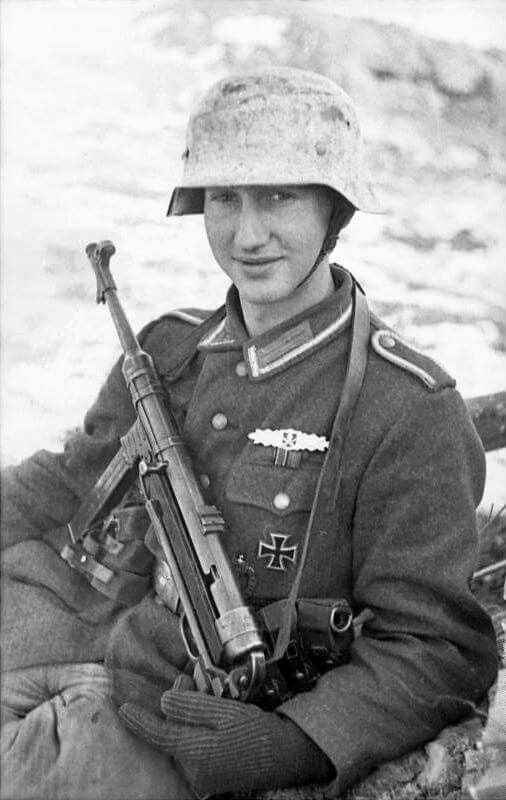
4. Katyusha Rocket Launchers
A type of field rocket artillery with tubeless systems, the Katyusha was first built and used on the field by the Soviet Union. Although it takes a longer time to reload than a conventional artillery, it delivers a large blow of explosives to a specific area more quickly albeit with lower accuracy. It was inexpensive to produce and can be mounted on trucks. But another downside is it’s rather fragile.
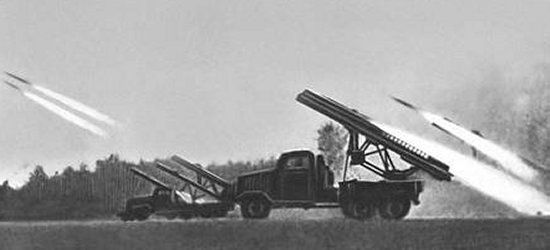
5. Sten Gun
It was cheap which is why almost 5 million were produced during the World War 2. This was rushed into production and heavily used by the British forces. The design was simple but it was not without issues like jamming, stoppages and even misfiring. When dropped, the gun could easily blaze through an entire clip which infantrymen took advantage of. They would toss one or two Sten guns into a room (loaded and cocked, of course) and it would fire on impact until the clip’s empty.
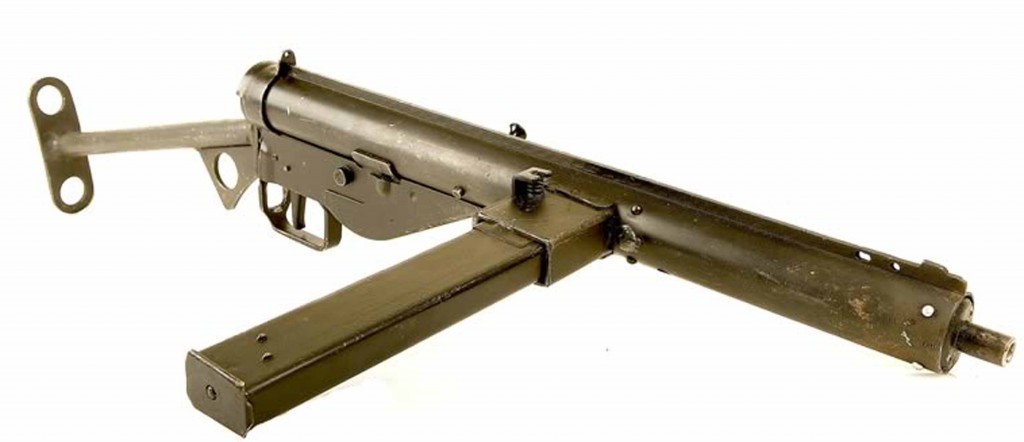
6. 8.8 cm Flak 18/36/37/41
Also known as the ‘eight-eight’, this anti-aircraft and anti-artillery gun was heavily used by German troops and even considered by some as one of their best guns during the war. The power of this weapon was proven when the impact of the 88mm round caused a massive destruction on a British tank.
As a British tankman taken prisoner in June 1941 complained to his German captors: “In our opinion it’s unfair to use ‘flak’ against our tanks.”
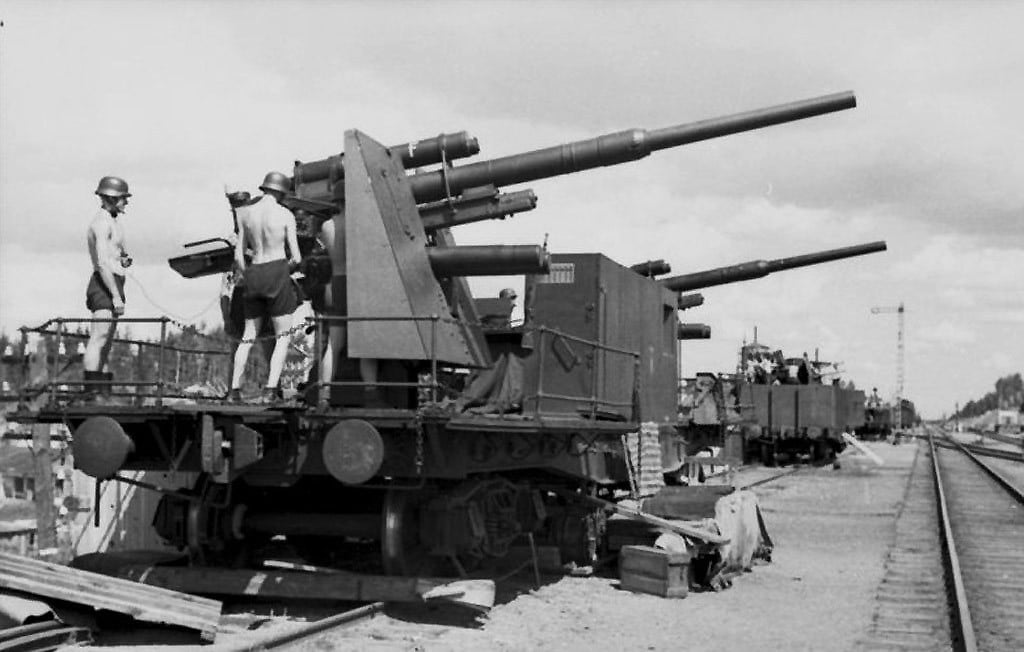
7. Luger P08
Often described as ‘beautiful’, this little work of art is an insanely popular semi-automatic pistol. The first use dates back to World War 1 but it had a sleek design and proved to be very reliable. This robust hand gun is both powerful and precise with a pretty long service life. Oh, and it’s extremely deadly too.
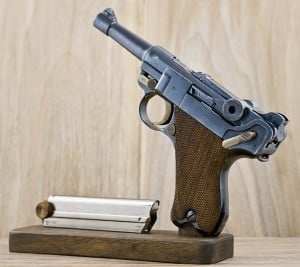
8. Thompson Submachine Gun
It’s one of the most popular firearms and continues to be a collector’s favorite piece. With its high volume of automatic fire, it was widely used by American, British, Canadian and Australian forces. It also had an impressive accuracy and highly favored by soldiers.
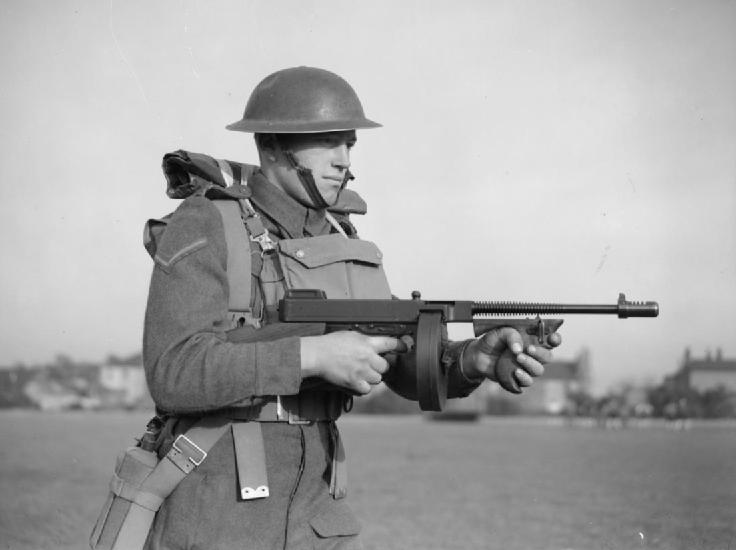
9. M1 (Bazooka)
This antitank rocket launcher weapon required simple maintenance. Designed for various functions, it can tackle threats from armored vehicles, fortified bunkers and even machine-gun nests. It was a revolutionary weapon and could also deliver a high-explosive squash head to buildings.
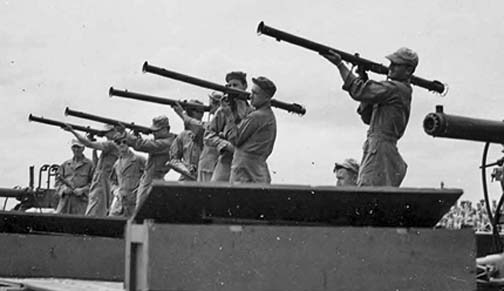
10. Ka-Bar
First used by the United States Marine Corps, it was later adopted by the US Navy. It was much loved by the military and aside from its use in hand-to-hand fighting, it can also cut through bushes — the reason why those who fought in the jungles found it the perfect combat knife.
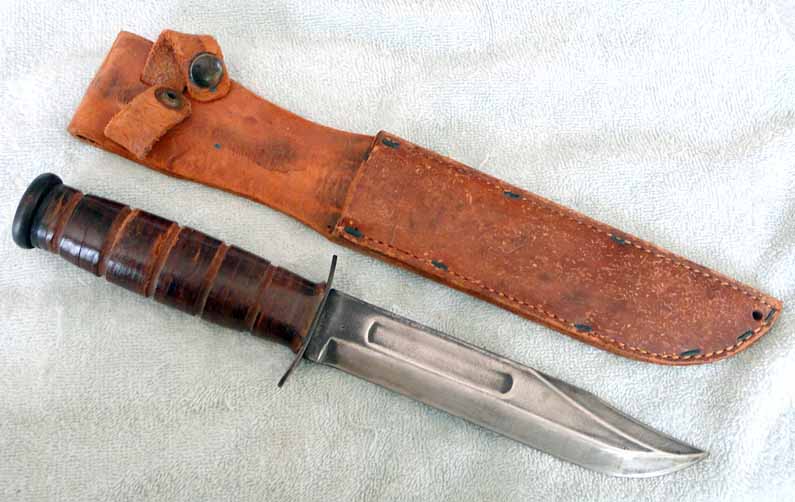
11. PPSh-41
Not too powerful, the PPSh-41 was a simpler and cheaper alternative to PPD-40. It was easy to use and boasted of high rates of fire at close ranges. With an open-bolt, blowback action; it was extensively used by the Soviet Armed Forces. It gave the troops fire superiority at short distances.
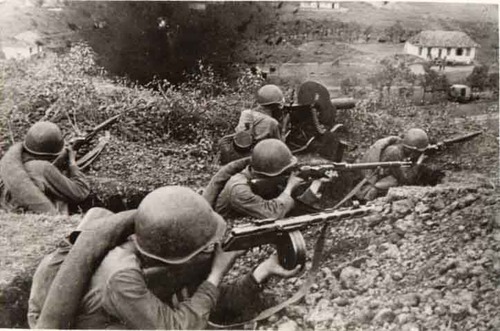
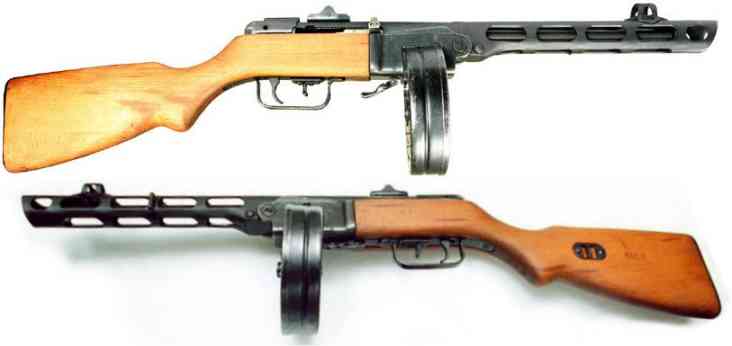
12. Panzerschreck
Considered bigger and badder than the American Bazooka, the Panzerschreck literally translates to “tank’s bane” or “tank’s fright”. This lightweight, anti-tank weapon is shoulder-launched and it posed as a huge challenge to Allied tank crew. It was easy to manufacture and notably cheap. But using it wasn’t easy, the user needed to wear gas mask and fire-retardant clothing for protection because the missile would leave the tube in full burn.
13. M3 (Grease Gun)
Cheaper and lighter than the Thompson submachine gun, the M3 was economical and in fact less accurate than its counterparts. It has seen extensive combat actions but only towards the end of World War 2. Nevertheless, it was easy to operate and with robust design.
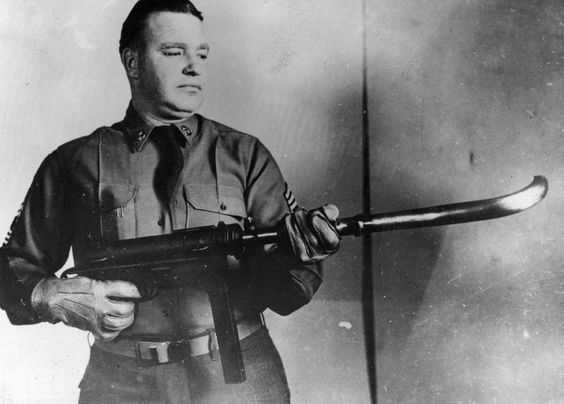
14. Browning Automatic Rifle
Designed for ‘walking fire’, the Browning Automatic Rifle may have been a tad short of its specifications but it saw extensive service in both World War 2 and the Korean War. This ‘in-between’ rifle has become a legendary squad support weapon even if it was already in service way back in 1918.
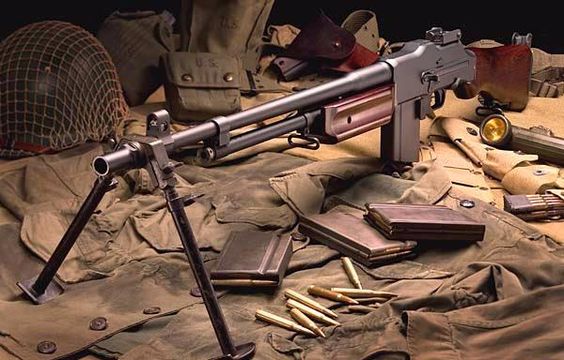
15. V-3 Cannon
The plan was to use this for an attack in London. It was supposed to deliver 300 nine-foot-long dart-shaped shells every hour and secondary charges will further propel them and speed up the projectile. It will be fired all the way from two bunkers in Northern France. This is all hypothetical, of course. However, even before it was completed and implemented, Allied forces dropped bombs on them during raids.
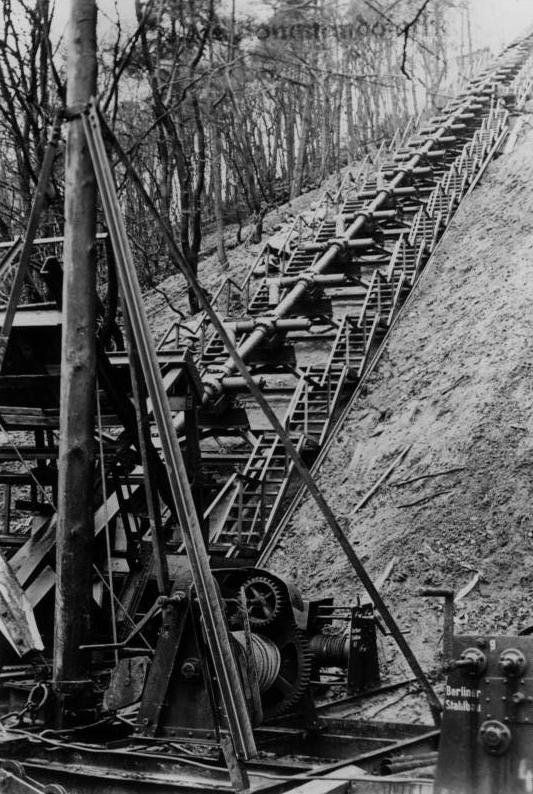
16. MG 34
This versatile, air-cooled recoil-operated machine gun was the most advanced machine gun at the time. The ingenious design allows users to switch barrels in the field without the need for an armorer and one soldier was enough to carry it around. The MG 34 also features a high rate of fire but it was not easy to mass-produce and neither was it cost-effective.
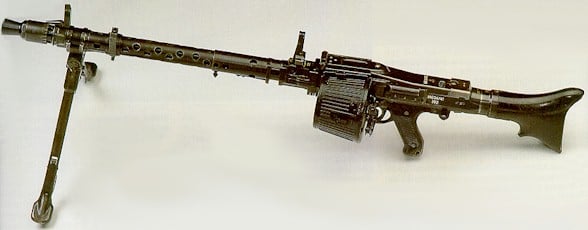
17. Goliath Tracked Mine
Perhaps the most useful thing it has contributed to the world of weaponry is that it allowed for the birth of radio-controlled weapons (this was operated with a joystick). This ‘mini’ demolition vehicle carried 60 or 100 kgs of high explosives but because of the loud noise of the gas engine, this made it easy for Allied forces to track the ‘beetle tanks’ down and deactivate by cutting the cord wires.
18. Bren Gun
This gas-operated, piston-driven gun was the primary infantry light machine gun of the British forces. It can be mounted on a bipod, tripod or vehicle. Commonly operated by two soldiers, Bren makes use of a curved box magazine and boasts of a rate of fire at 500 rpm. Not only is the Bren reliable but it also features impressive accuracy.
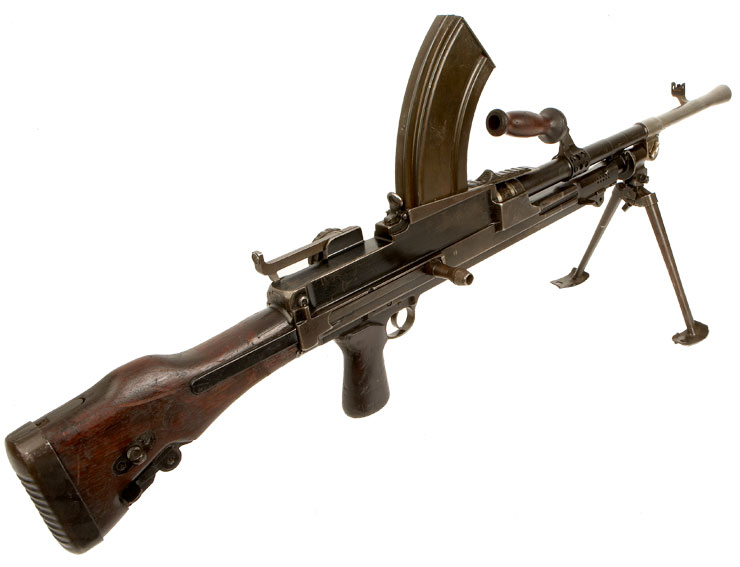
19. Ordnance QF 25-Pounder
This popular British field gun and howitzer has a high rate of fire and can utilize different types of ammunition (from smoke rounds and flare to high explosives). It became a standard field gun for the British Army and utilizes the concept of separate loading which allowed changes in the charge, depending on range. It was mainly designed for suppressive and not destructive fire.
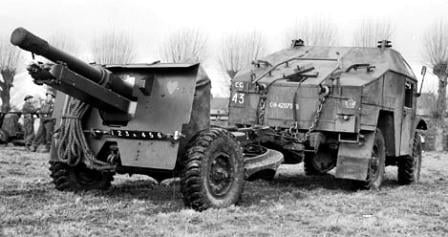
20. StG 44
Better range than submachine guns and higher volume of fire than standard rifles, the StG 44 has paved the way to the development of modern day assault rifle. This revolutionary weapon has a selective-fire design and accuracy similar to the Karabiner 98k although the StG 44 has less range when compared to its more powerful counterparts.
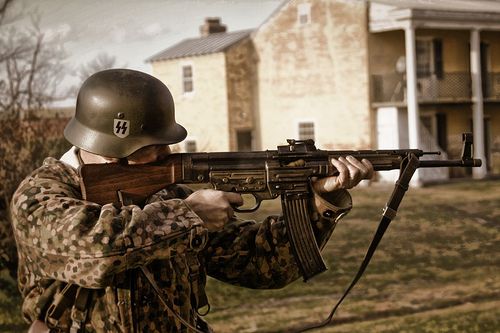
World War II left no corner of the earth unscathed. It was all about survival and at the end of the day, even something as small as jamming problems could cost you your life.












